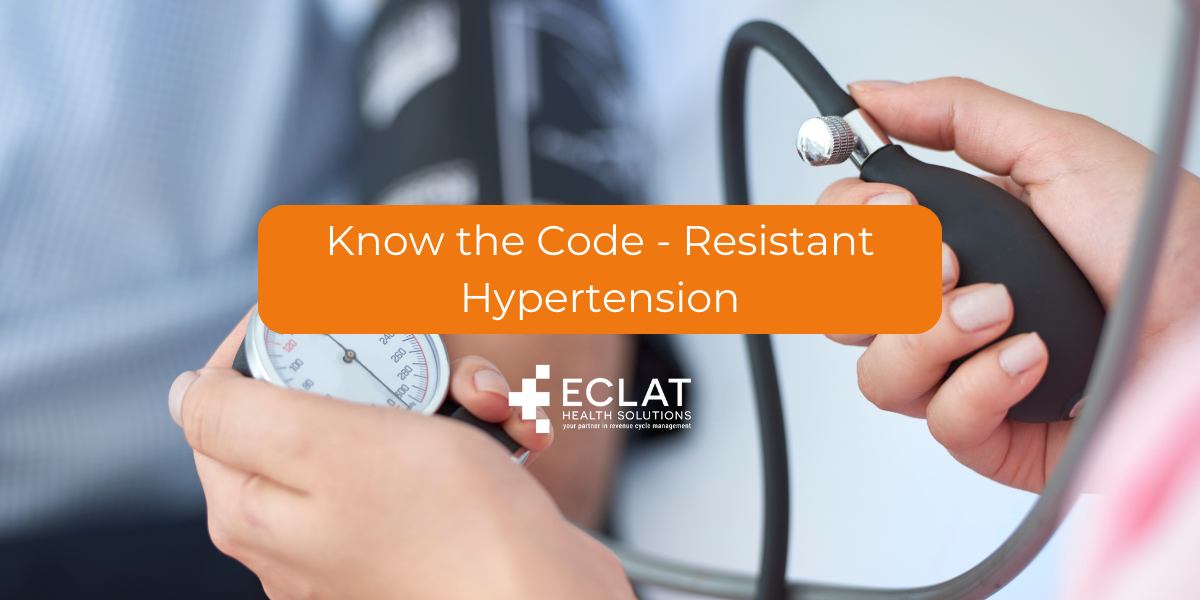High blood pressure, or hypertension, occurs when the force of blood pushing against the artery walls is consistently too high, making the heart work harder to pump blood.
The American College of Cardiology and the American Heart Association divide blood pressure into four general categories. Ideal blood pressure is categorized as normal. Blood pressure is measured in millimeters of mercury (mm Hg).
- Normal blood pressure- 120/80 mm Hg or lower.
- Elevated blood pressure- The top number ranges from 120 to 129 mm Hg, and the bottom number is below, not above, 80 mm Hg.
- Stage 1 hypertension- The top number ranges from 130 to 139 mm Hg, or the bottom number is between 80- and 89 mm Hg.
- Stage 2 hypertension: The top number is 140 mm Hg or higher, or the bottom number is 90 mm Hg or higher.
Medications of different pharmacologic classes, such as a calcium channel blocker, a renin-angiotensin blocker, and a diuretic, are required for some people to treat high blood pressure. If hypertension is left untreated, a person’s risk for heart attack, stroke, and other serious health problems increases.
Resistant hypertension (RH) is a condition in which high blood pressure does not respond to antihypertensive drugs. RH is also called “apparent treatment-resistant hypertension,” “treatment-resistant hypertension,” and “true resistant hypertension.”
Within ICD-10, a new subcategory I1A, Other hypertension, has been created with a new code to describe resistant hypertension (I1A.0). This new code will help to identify RH within the general hypertensive population and enable optimal treatment, leading to improved cardiovascular and renal morbidity and mortality.
When assigning code I1A.0, resistant hypertension, the specific type of hypertension, such as essential or secondary hypertension, is sequenced first. For example, a 57-year-old female patient presents for a follow-up visit to check her blood pressure. The provider documented, “Resistant hypertension, currently on an angiotensin-II receptor blocker, calcium channel blocker, and HCTZ.” What is the appropriate code assignment for resistant hypertension? Assign codes I10, Essential (primary) hypertension, and I1A.0, Resistant hypertension, for the encounter.
Note that Pseudoresistant hypertension/white coat hypertension is not classified as resistant hypertension. Pseudoresistant hypertension/white coat hypertension can be caused by medication nonadherence or white coat hypertension (high blood pressure only in the physician’s office).
Resources:
AHA Coding Clinic, Fourth Quarter 2023, Volume 10, Number 4 –
https://www.aapc.com/codes/latest-updates/icd10-coding-clinic-q4-2023-get-the-scoop-on-icd10-2024-codes-09082023
High blood pressure (hypertension) - Symptoms & causes - Mayo Clinic
https://www.mayoclinic.org/diseases-conditions/high-blood-pressure/symptoms-causes/syc-20373410


